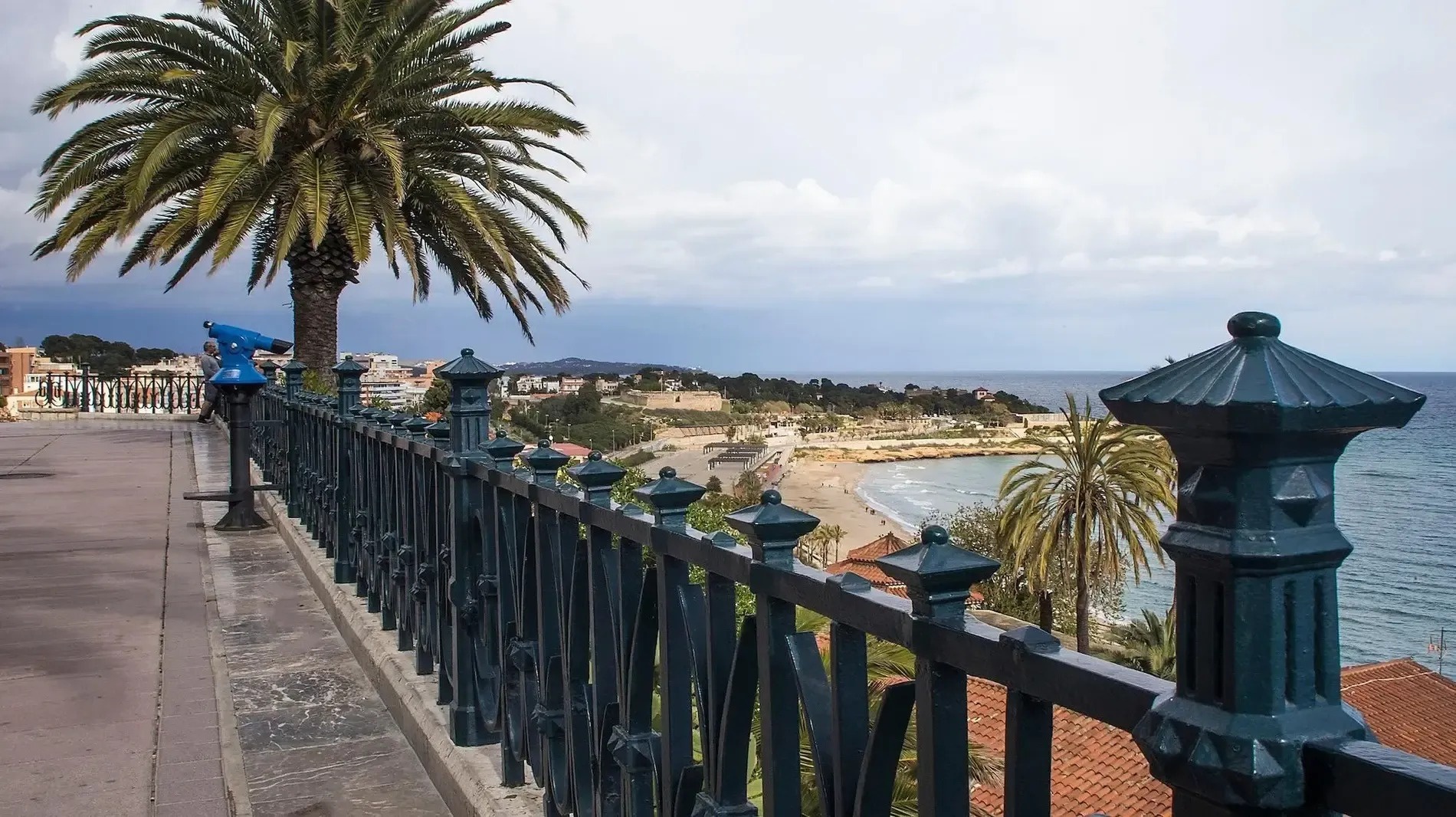Port Plaza Apartments are in Tarragona, the capital of the Costa Daurada, a port city open to the Mediterranean that surprises visitors with its history and culture and its beautiful setting.
The city of Tarragona was built facing the sea on the remains of ancient Roman Tarraco. Its architectural wonders and impressive archaeological vestiges led it to be declared a World Heritage Site by UNESCO.
Strolling through its streets, you will breathe in that rich cultural and historic essence that intoxicates all visitors. We have drawn up a list for you of the places not to be missed during your stay. Let yourself be drawn in by Tarragona’s charms, you won’t be disappointed:
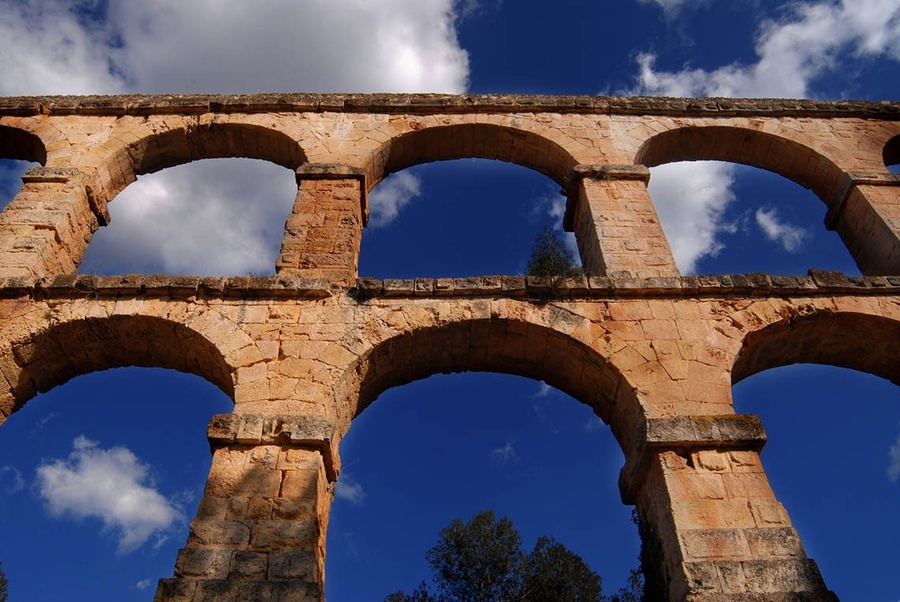
THE ROMAN TARRACO
Tarraco was the capital of Hispania Citerior or Tarraconensis during the Roman empire. Thanks to those almost 600 years of Roman supremacy, you can still find their impressive legacy in the city centre. We encourage you to visit, for example, the Roman Walls (enclosing the historical quarter), the Amphitheatre, the Theatre, the Forum, the Circus and the Early Christian Necropolis, among others.
It is not surprising, given this Roman heritage, that on 30 November 2000, the Roman archaeological complex of Tarragona was declared a World Heritage Site.
Read more
It is not surprising, given this Roman heritage, that on 30 November 2000, the Roman archaeological complex of Tarragona was declared a World Heritage Site.
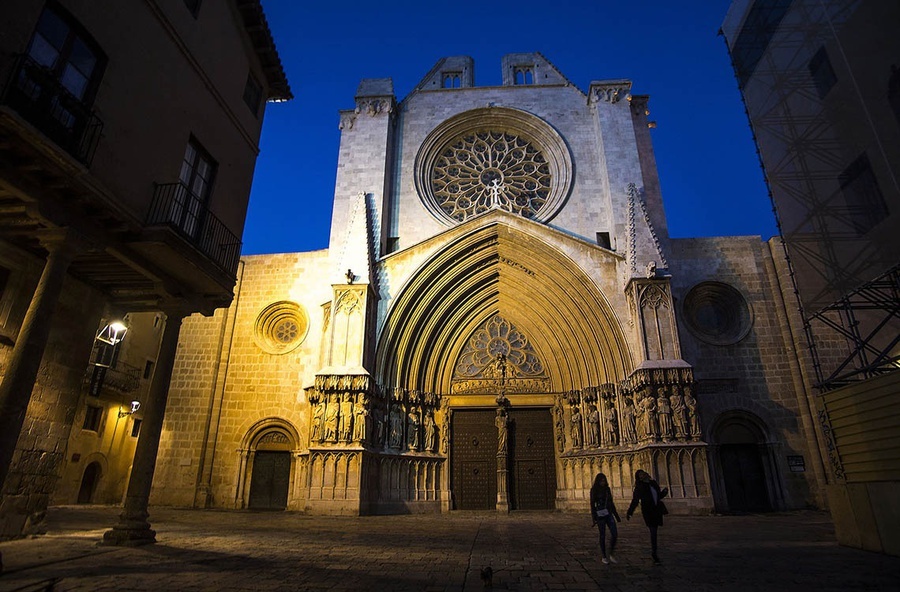
THE CATHEDRAL AND THE OLD QUARTER
In the upper part of the city, surrounded by the Roman wall, we find the old town or “Part Alta”, one of the most charming places in Tarragona. Among its pedestrian streets and its captivating squares, we find, in addition to numerous Roman remains, the Cathedral of Tarragona, the first cathedral in Catalonia, and the starting point of an interesting medieval route through the neighborhood.
The cathedral, dedicated to Santa Tecla, the patron saint of the city, began to be built during the 12th century and was finally consecrated in 1331, still unfinished due to the Black Death. Due to this long construction period, the temple displays different architectural styles, specifically Romanesque and Gothic. Its impressive façade, its cloister (a remarkable set of the Romanesque architectural style of Catalonia), and the Diocesan Museum stand out.
Read more
The cathedral, dedicated to Santa Tecla, the patron saint of the city, began to be built during the 12th century and was finally consecrated in 1331, still unfinished due to the Black Death. Due to this long construction period, the temple displays different architectural styles, specifically Romanesque and Gothic. Its impressive façade, its cloister (a remarkable set of the Romanesque architectural style of Catalonia), and the Diocesan Museum stand out.
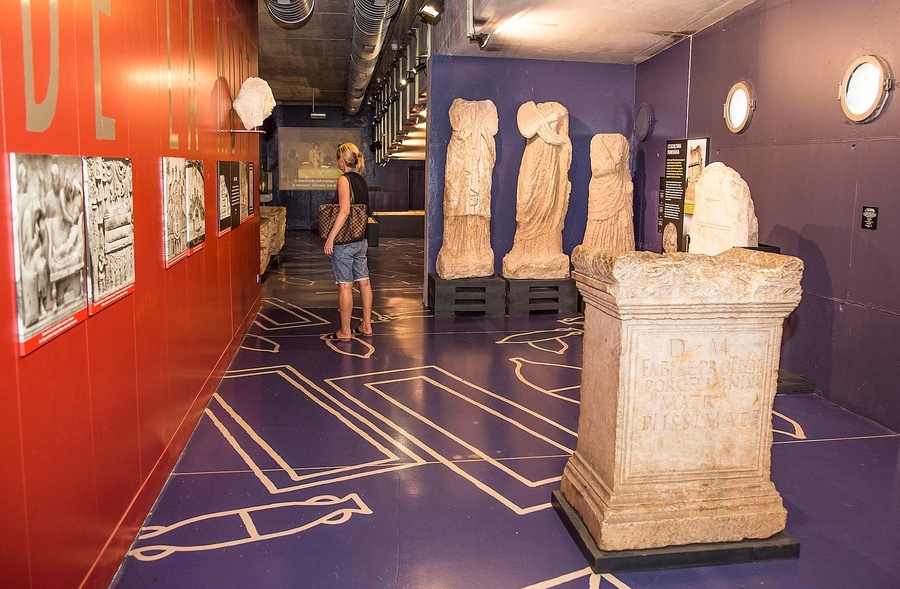
THE MUSEUMS
MUSEUM OF MODERN ART
Founded in 1976, the Tarragona Museum of Modern Art was designed to foster knowledge of contemporary art, both through its modern and avant-garde art collections and exhibitions and its workshops and courses.
Its most important collections include works by Julio Antonio, Josep Sancho and Santiago Costa.
Visit their official website
NATIONAL ARCHAEOLOGICAL MUSEUM OF TARRAGONA (MNAT)
The National Archaeological Museum of Tarragona has a magnificent collection of Roman exhibits and will take you on a journey through eight centuries of the history of Tarraco.
Visit their official website
EARLY CHRISTIAN MUSEUM AND NECROPOLIS
The museum is set in the heart of the early Christian necropolis. This extensive funerary area dates from the late Roman period and is evidence of the city’s importance during that time.
Visit their official website
DIOCESAN MUSEUM
You enter the Diocesan Museumthrough the magnificent cathedral cloister. There you will find an exhibition of mediaeval and modern religious art, including altarpieces, gold and silverwork, ironwork, stone and wooden sculptures, pottery, etc., all from Tarragona and its diocese.
Visit their official website
Founded in 1976, the Tarragona Museum of Modern Art was designed to foster knowledge of contemporary art, both through its modern and avant-garde art collections and exhibitions and its workshops and courses.
Its most important collections include works by Julio Antonio, Josep Sancho and Santiago Costa.
Visit their official website
NATIONAL ARCHAEOLOGICAL MUSEUM OF TARRAGONA (MNAT)
The National Archaeological Museum of Tarragona has a magnificent collection of Roman exhibits and will take you on a journey through eight centuries of the history of Tarraco.
Visit their official website
EARLY CHRISTIAN MUSEUM AND NECROPOLIS
The museum is set in the heart of the early Christian necropolis. This extensive funerary area dates from the late Roman period and is evidence of the city’s importance during that time.
Visit their official website
DIOCESAN MUSEUM
You enter the Diocesan Museumthrough the magnificent cathedral cloister. There you will find an exhibition of mediaeval and modern religious art, including altarpieces, gold and silverwork, ironwork, stone and wooden sculptures, pottery, etc., all from Tarragona and its diocese.
Visit their official website
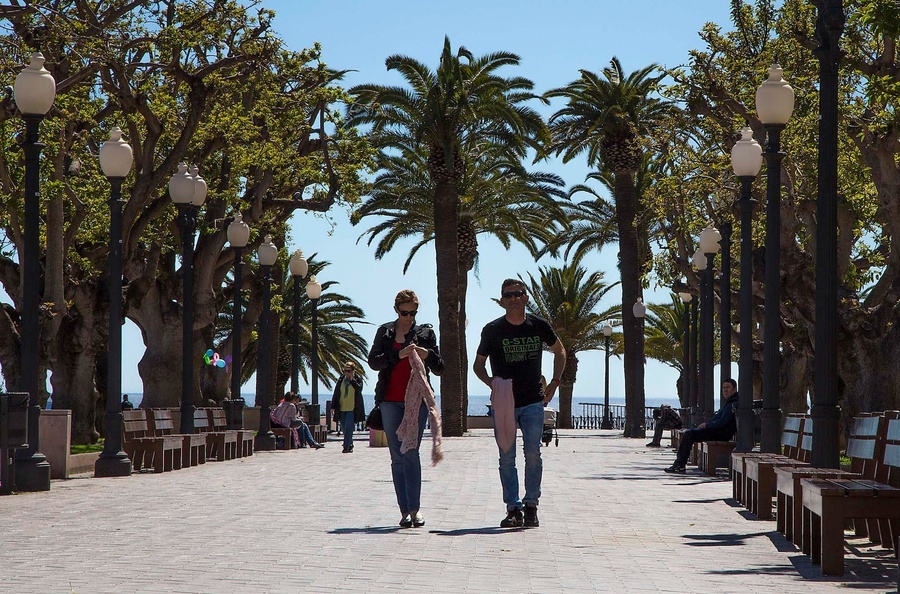
THE RAMBLA AND THE BALCONY OVER THE MEDITERRANEAN
The Rambla Nova is Tarragona’s main avenue and most important thoroughfare with more than 150 years of history. Along its length, from the busy Plaça Imperial Tarraco (the main route into the city) to the Balcony over the Mediterranean, you will find a large number of shops, shopping centres and all types of services.
The Balcony over the Mediterranean, on a cliff forty metres above the sea, offers exceptional views of the Roman amphitheatre, the port, Miracle Beach and the Mediterranean. It is traditional to walk up to the balcony to “tocar ferro” (touch iron).
The Balcony over the Mediterranean, on a cliff forty metres above the sea, offers exceptional views of the Roman amphitheatre, the port, Miracle Beach and the Mediterranean. It is traditional to walk up to the balcony to “tocar ferro” (touch iron).
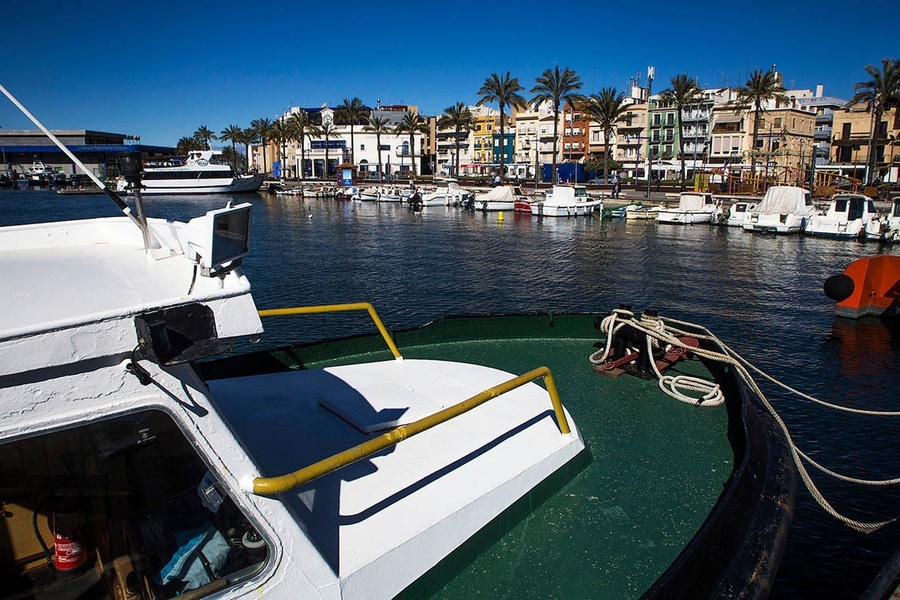
THE SERRALLO QUARTER
Tarragona’s historic fishing quarter, El Serrallo, is near the port. It is very picturesque with its own particular architecture and atmosphere. This is where the fish auction is held every afternoon. Wander through its streets and alleys and you’ll find numerous bars and restaurants where you can taste some of the city’s best fresh fish and seafood.
Read more


